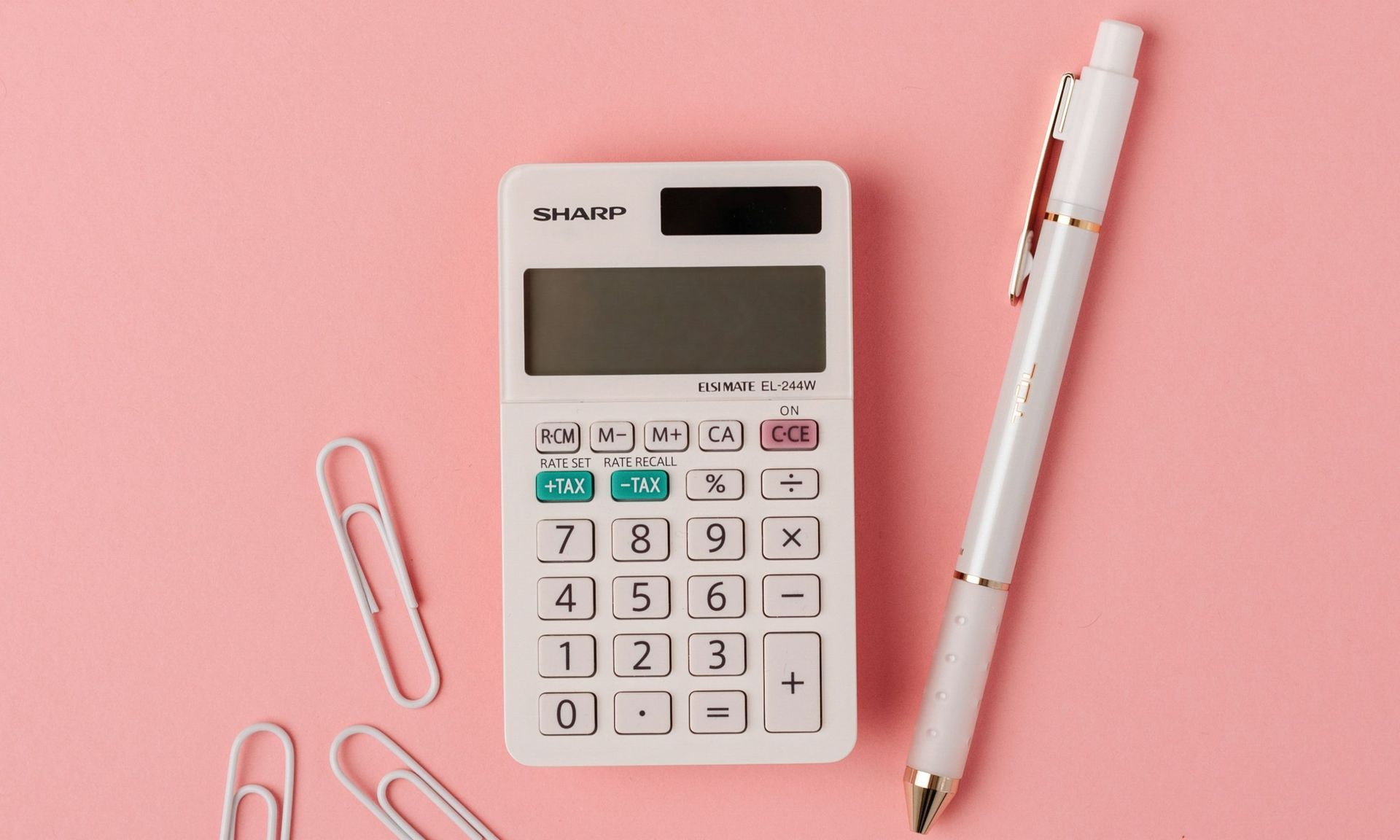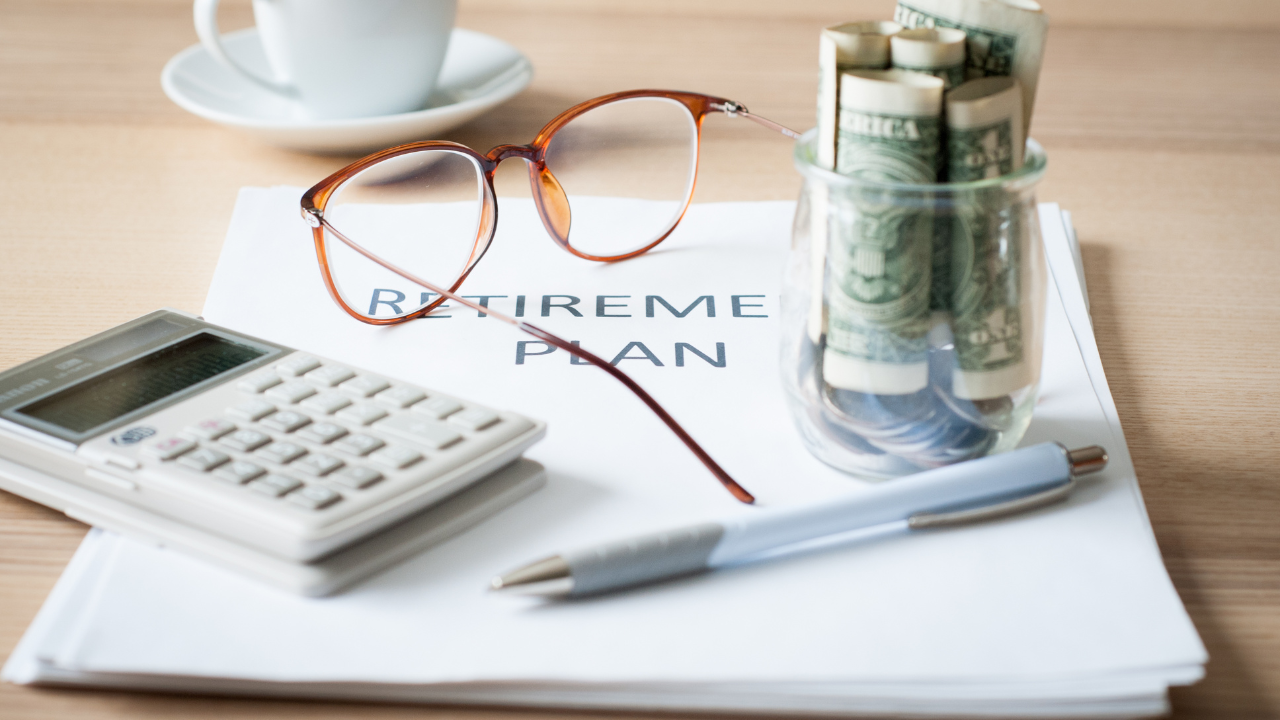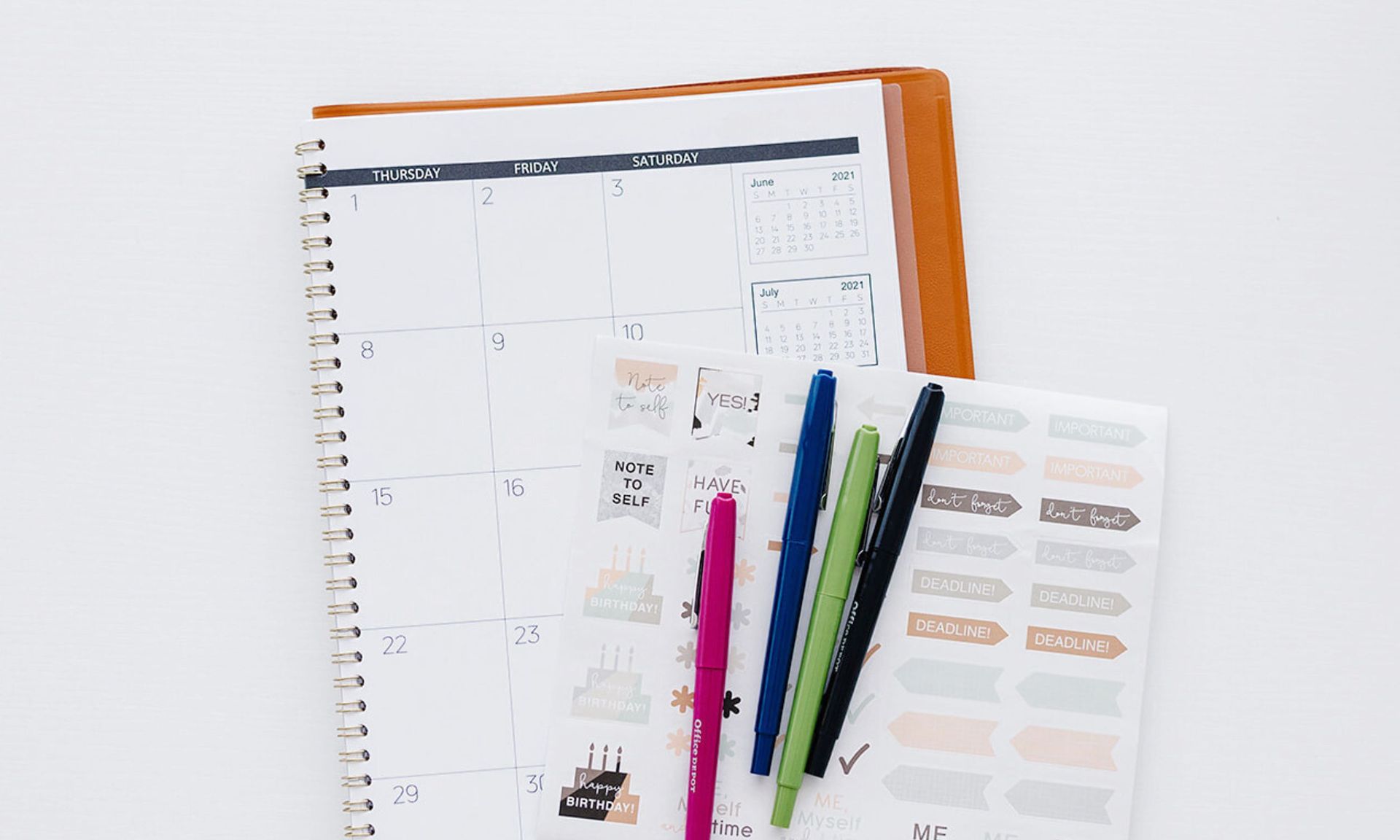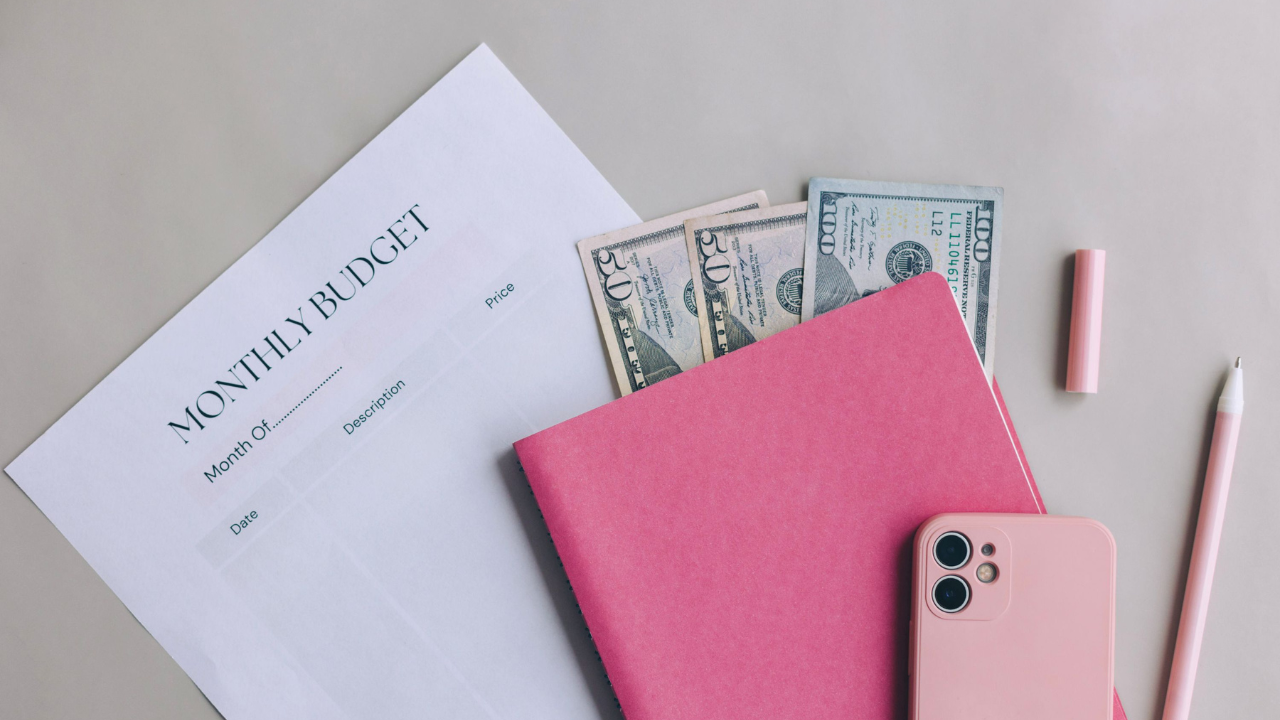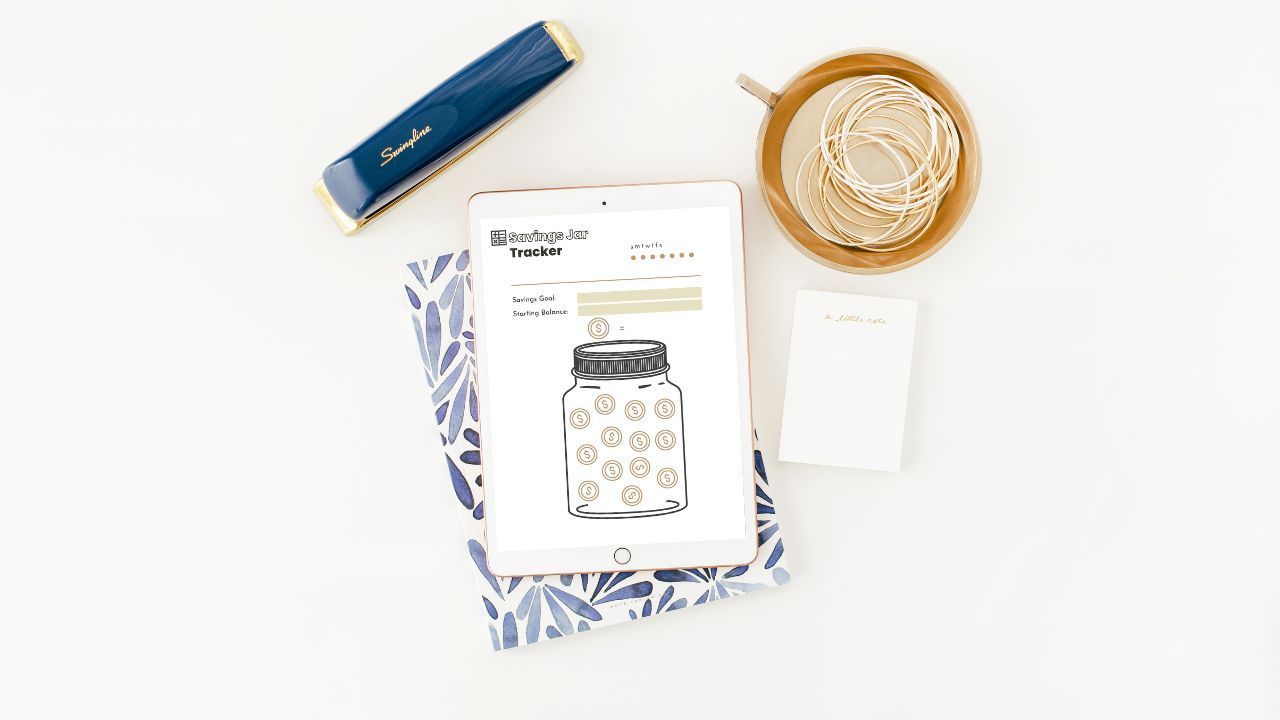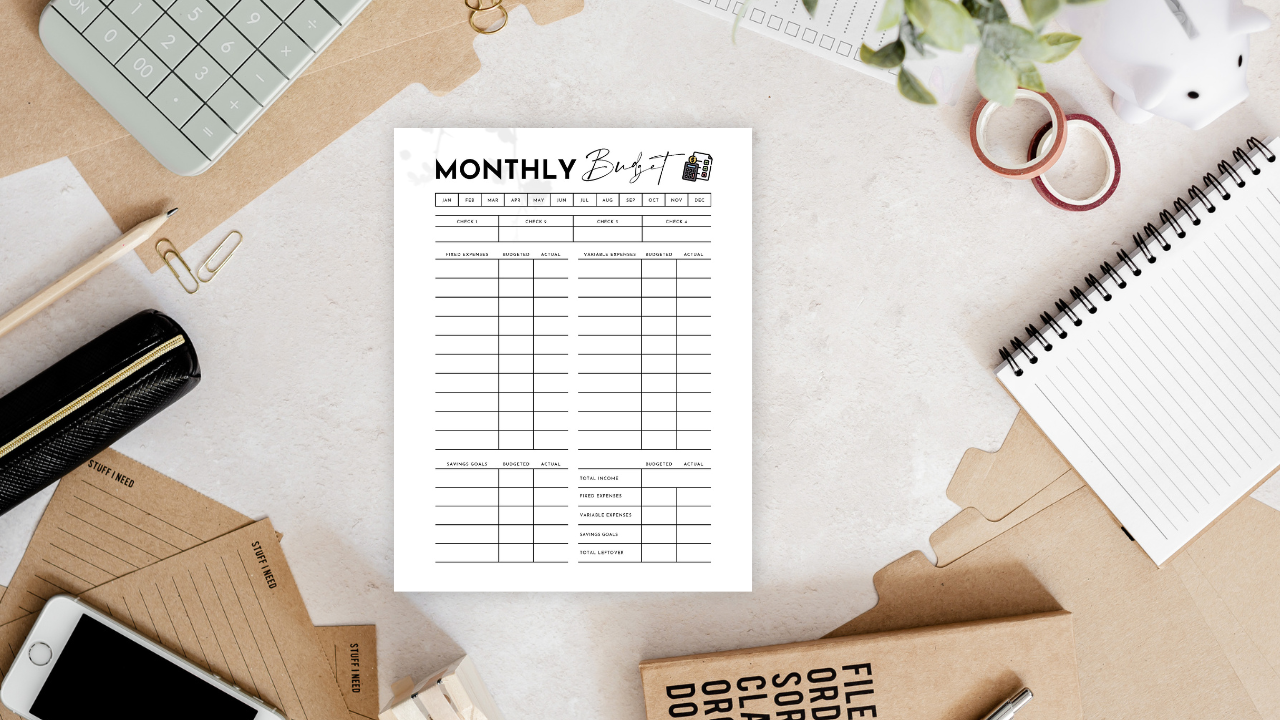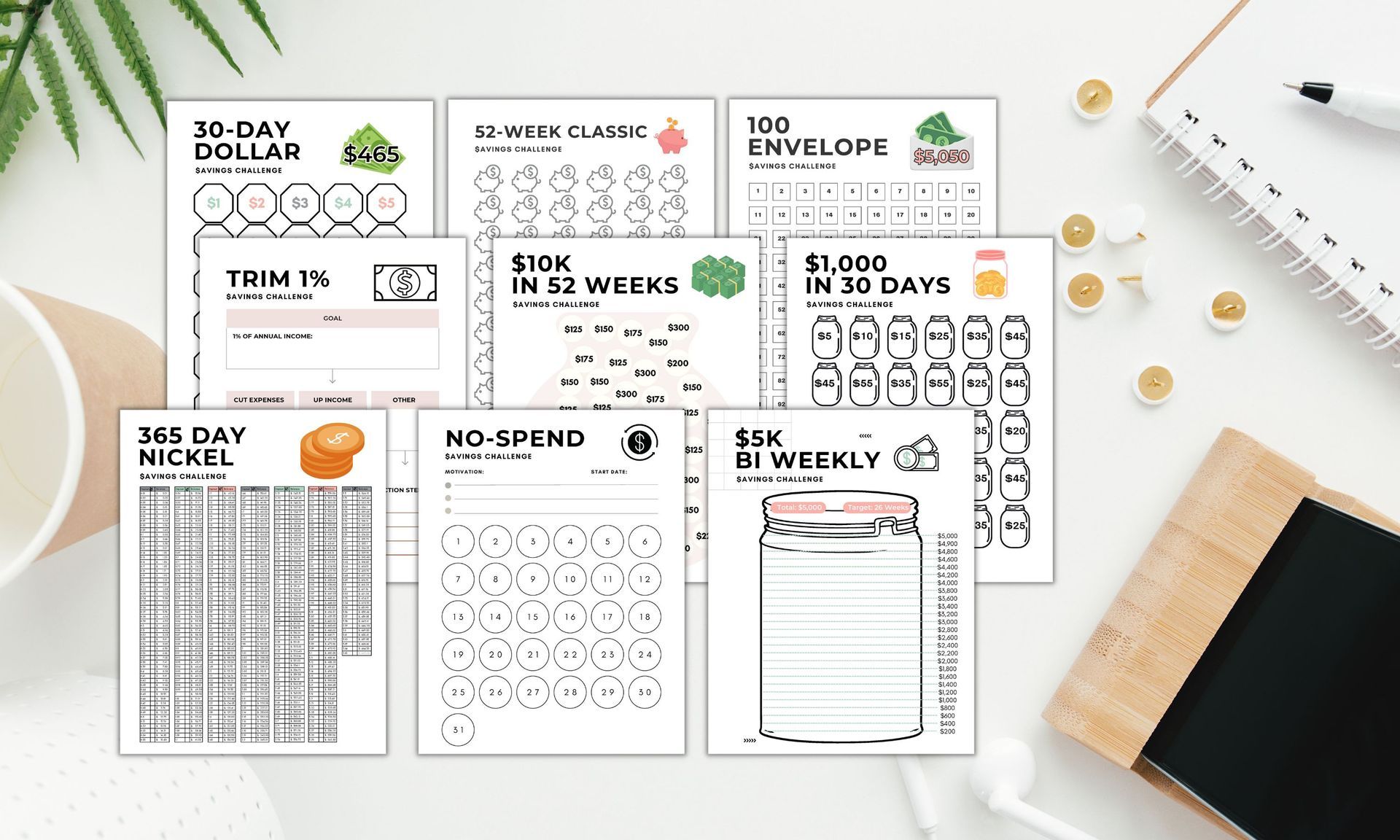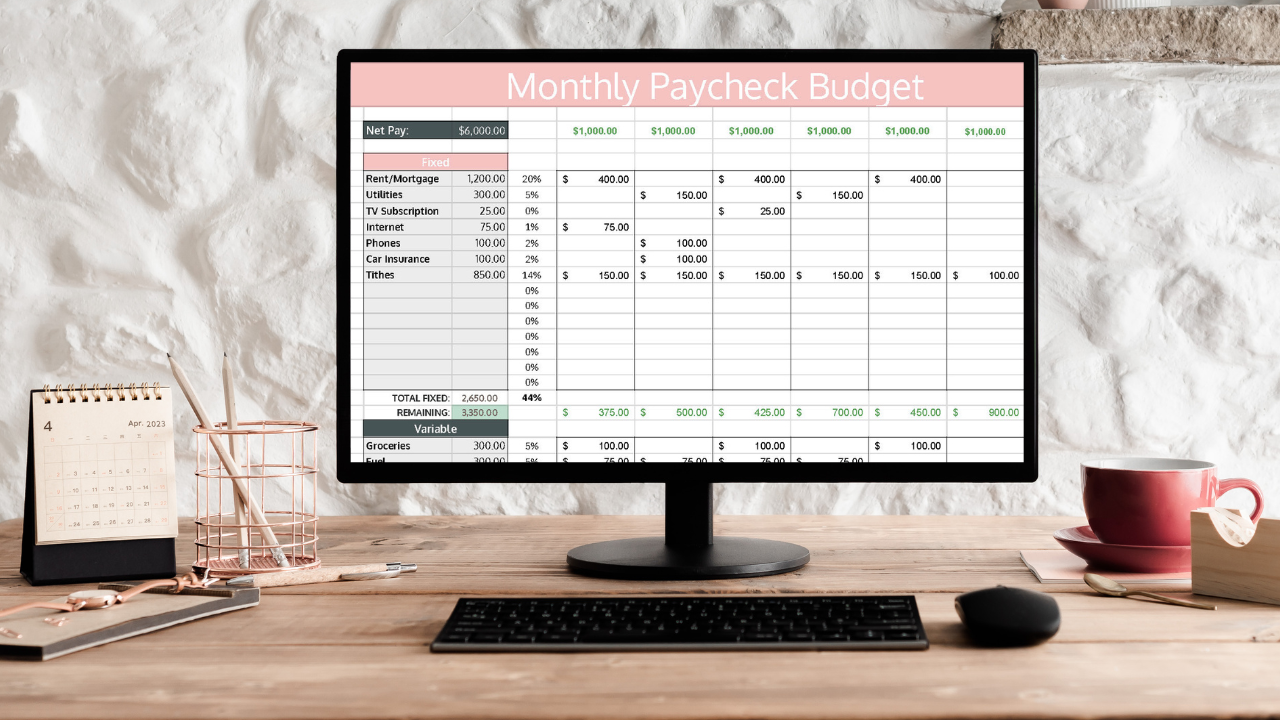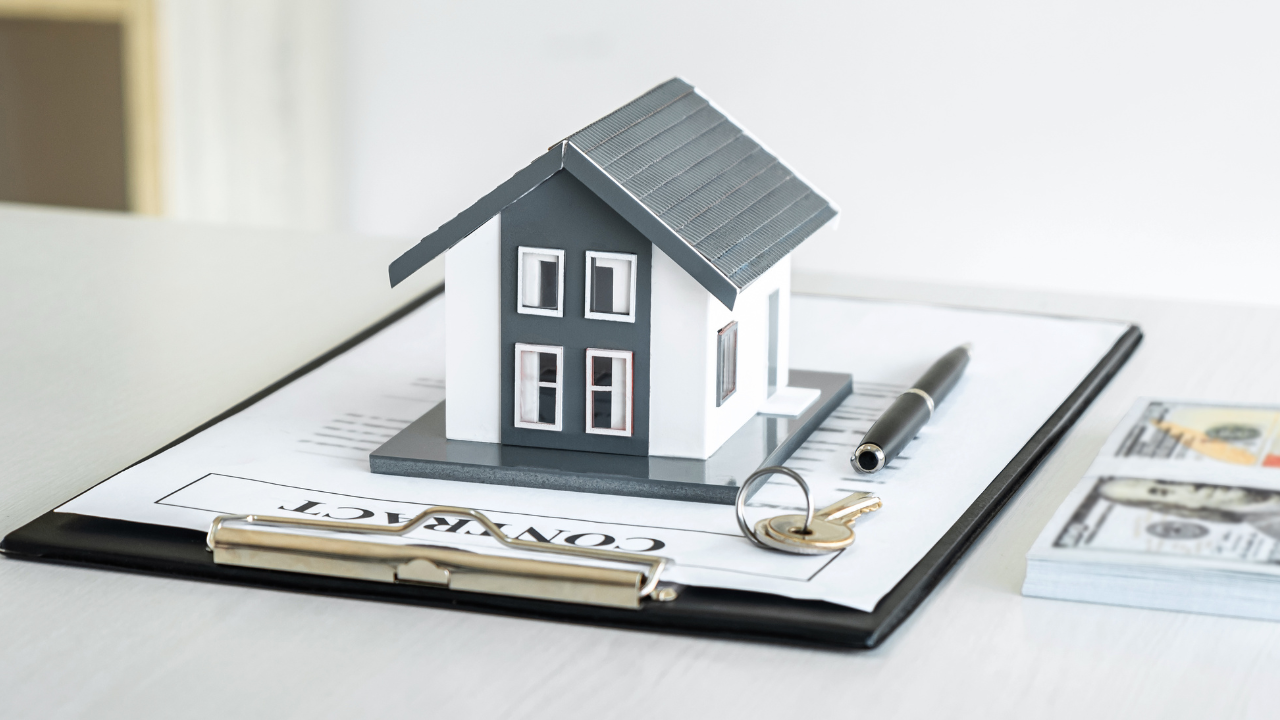Debt Payoff: 5 Free Printable Debt Free Coloring Pages
You’ve made a plan to get out of debt, but now you actually have to execute the plan. You need a plan for your plan– how are you going to stay focused and motivated on your debt-free journey?
Maybe you have a lot of debt and a low income, and therefore, it’s going to take years to pay off your debt. Staying motivated will be difficult, especially when progress feels slow.
Whether you have a high income or low income; a lot of debt or a little debt; utilizing a debt payoff worksheet is a simple but creative way to track your progress and hard work towards your goal of becoming debt free.
Benefits Of Using Debt Free Charts
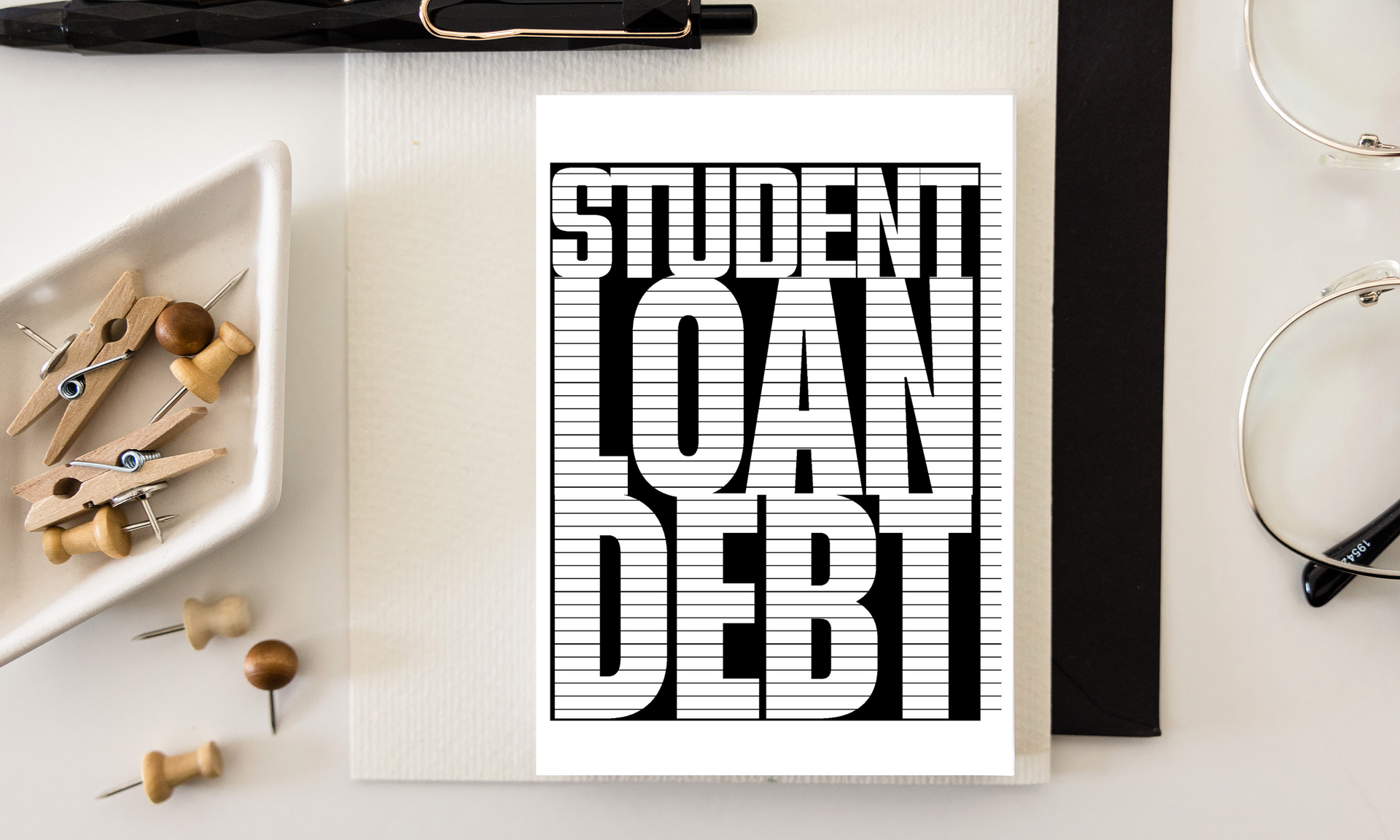
Monitoring your progress towards any goal– financial or otherwise– is a crucial bridge between setting your goal and actually attaining it.
A study by the American Psychological Association shows that frequently monitoring your progress towards your goal increases your chances of successfully reaching it. Furthermore, the same study found the more frequent the monitoring, the greater the likelihood of reaching your goal!
This is why debt free trackers are so beneficial for helping with focus, motivation, and achievement of your debt payoff goal! Benefits include:
- Visual learners (who make up approximately 65% of the population) benefit greatly from pictures/images. Consequently, a debt free coloring page is an especially effective and powerful tool for these types of learners. A visual learner will be encouraged by the visual aid.
- Offers a unique and creative way to stay motivated. Writing down your debt-free goal is important, but by taking it a step further using debt payoff coloring pages, you have another reminder of your progress. When you hit a road bump, seeing your charts representing your progress will be the nudge you need to keep going!
- Progress tracking is directly correlated to goal achievement. As mentioned above, monitoring your progress increases the likelihood of hitting your financial goals.
A visual tracker is not only a fun way to fuel motivation, the benefits are backed by research.
5 Debt Free Tracker Coloring Pages
1) Credit Cards
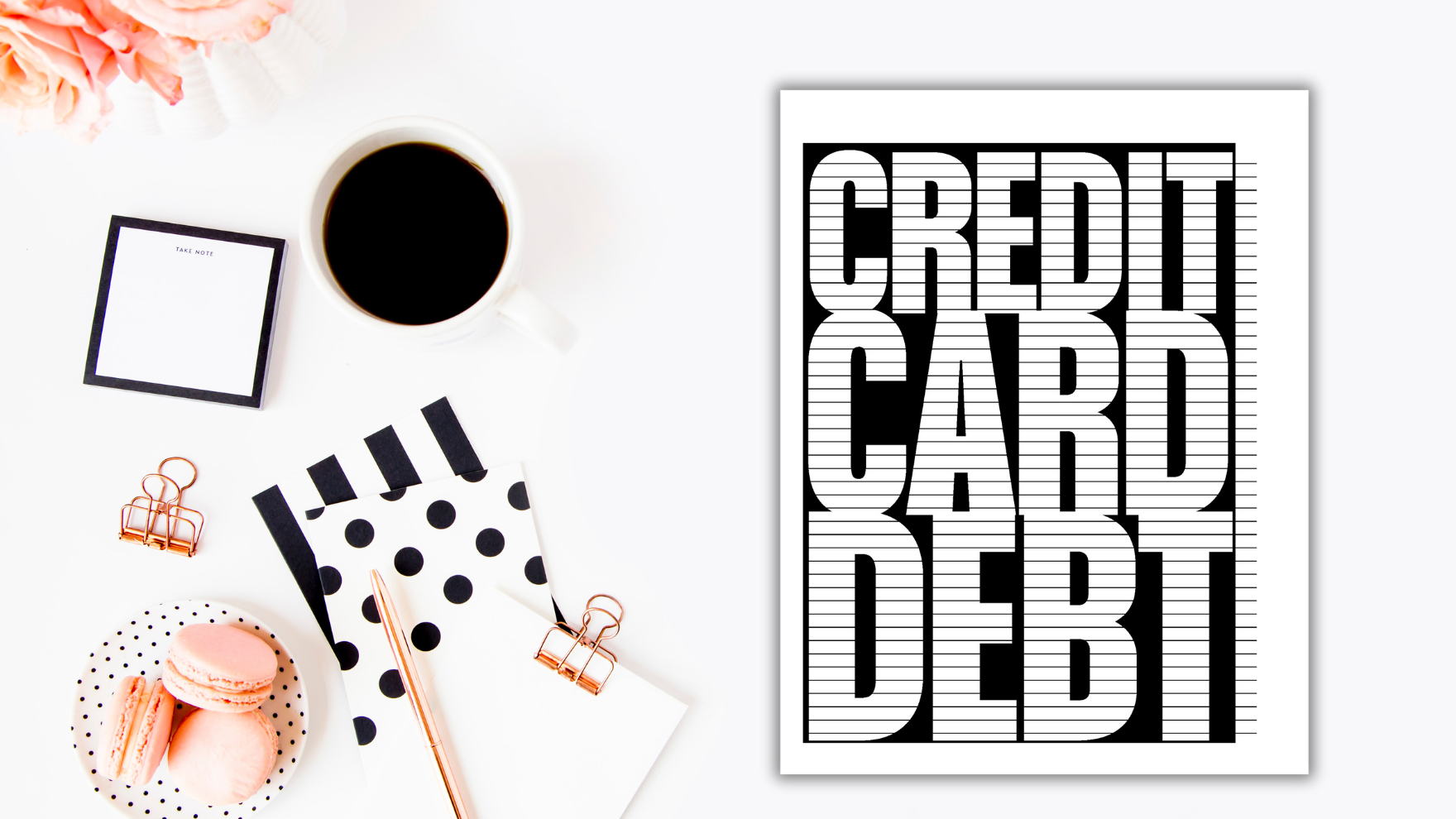
Credit cards have mixed reviews in the personal finance world; some viewing them as a tool and opportunity to improve their credit report, others viewing them as a temptation to be avoided at all costs. I hold the latter view, not only because of personal conviction, but because research exposes the way credit cards affect our behaviors.
Key credit card debt statistic according to a recent survey:
- 49% of credit card users carry a balance month to month. Nearly half of all credit card users are not paying off their card in full every month. Effectively, they are using the card to close the gap between income and expenses every month.
- The average interest rate on all credit cards is 22%. If you think mortgage interest rates are high, consider credit cards and the danger of getting into a cycle of credit card debt.
- The average balance carried on a credit card is $6,500.
- Willingness to pay goes up 100% with a credit card compared to cash. In a classic study, researchers found that those paying with credit cards were willing to pay a 100% premium over cash buyers for the same item.
Delayed payment does not affect our brain in the same way immediate payment does.
2) Car Loans
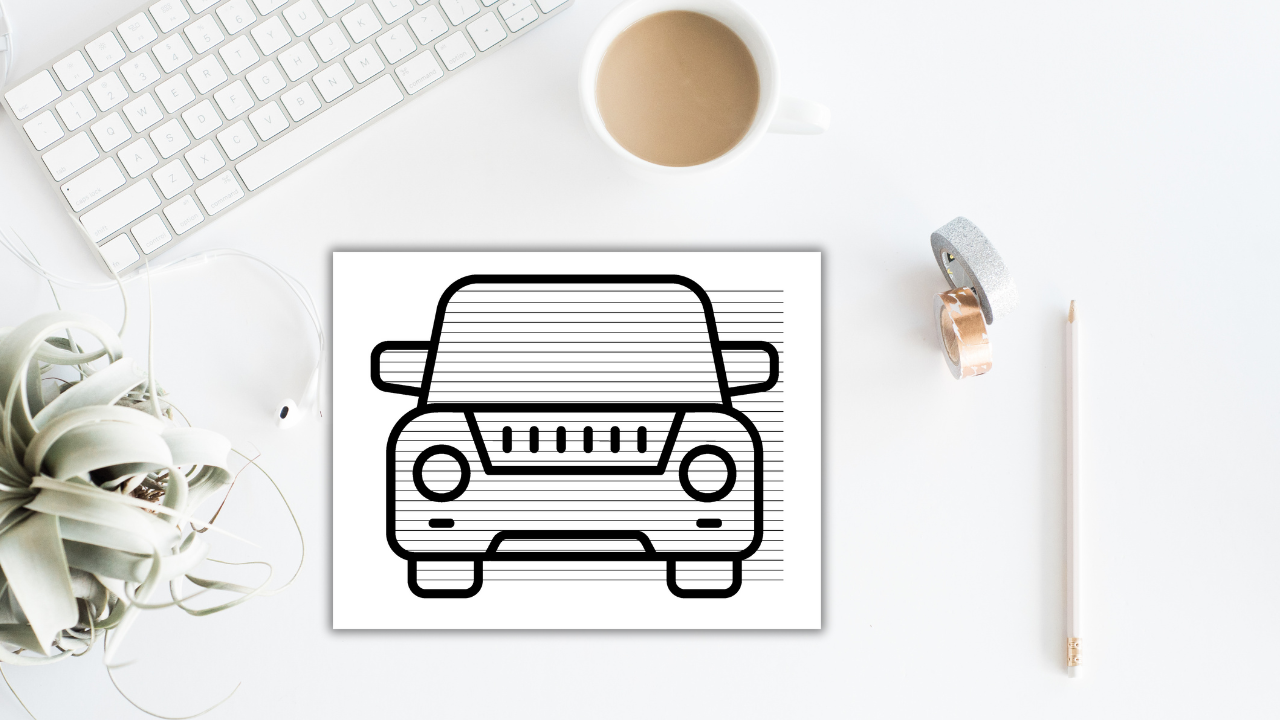
According to recent data, the average car payment is $726 per month, and the average auto loan term is approximately five and a half years. Additionally, according to an Experian report, the average interest rate for new car loans is 7.18% for new cars, and 11.93% for used cars.
With this information, if you were to buy a $40,000 vehicle with a down payment of $10,000, at an interest rate of 7% over 5 years, you would pay $45,642.16 for a $40,000 vehicle.
Even more, ot only are you paying more than the vehicle is worth, you are paying interest on an asset that is depreciating in value. On average, a vehicle will have lost 40% of its value after it’s paid off.
This is why a car loan is always a step backwards financially. Get that car paid off!
3) Student Loans
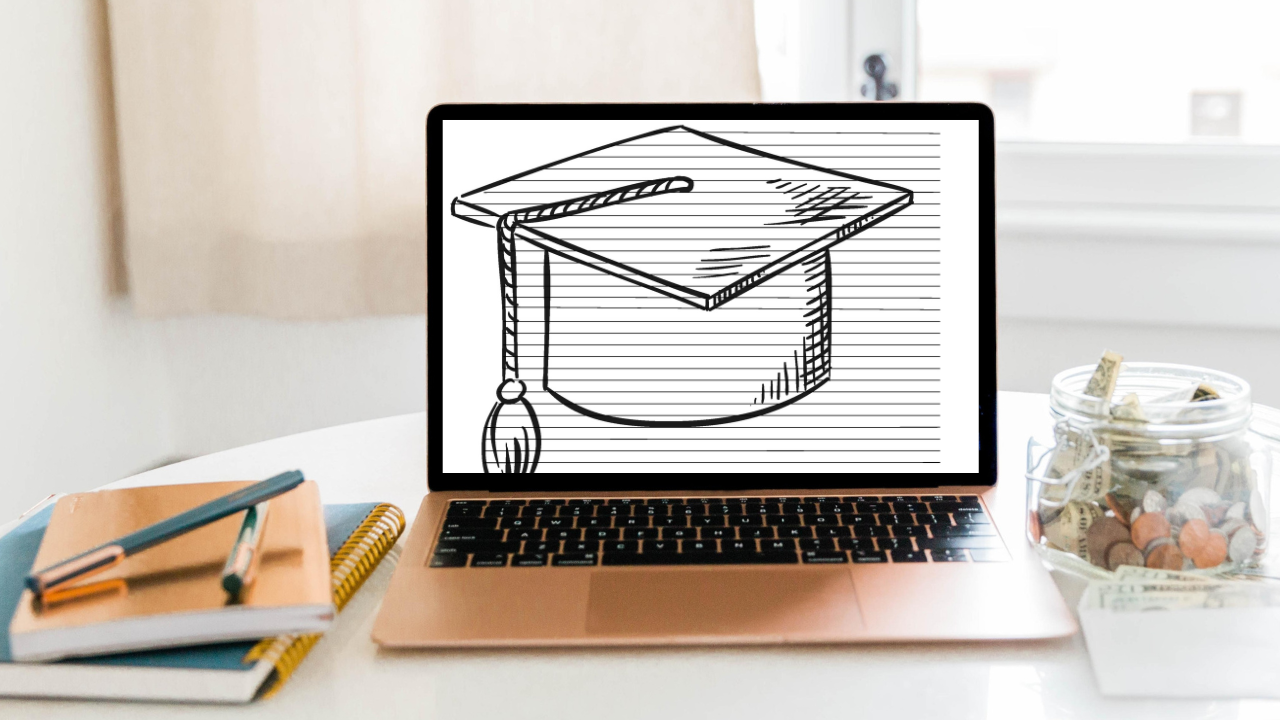
Becoming debt-free by paying off $20k of student loan debt while living on one income was a turning point in our financial journey as a newly married couple.
One of the first things you’d see when you walked through the door of our old, janky, $500-per-month apartment was the debt payoff trackers taped to the cheap, white refrigerator. It reminded me why I was doing what I was doing before I walked out the door for another 15-hour workday.
I had a constant visual reminder of our specific goal.
4) Home Mortgages
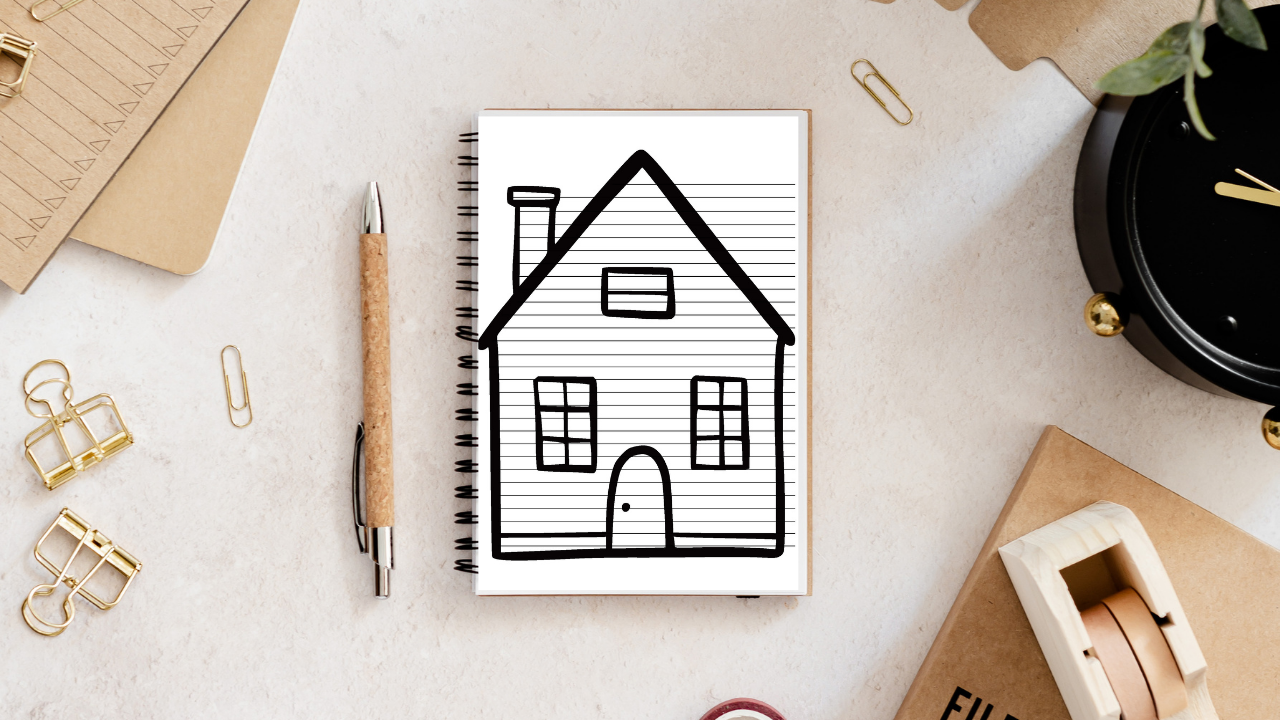
Just dream with me for a second… What would you be able to do financially if you didn’t have a mortgage?
Although I’d recommend paying off consumer debt first, paying off your house early pays huge dividends. Not only will you not have a mortgage payment every month, you will also get to keep the money you would’ve spent on interest! Furthermore, you will have the security of knowing that you are the 100% owner of the home– the bank can’t take it from you if you fall on hard times and default. On the other hand, if you fall on hard times you would be able to sell the home and keep the entire check.
Take this example: you take out a home loan for $200k over 30 years at 6%. If you pay just $200 extra per month on your mortgage, you’d pay it off 9 years early and save approximately $80k in interest!
Download the house payoff coloring sheets if you’re ready to tackle your home mortgage!
5) DIY Debt Free Coloring Pages
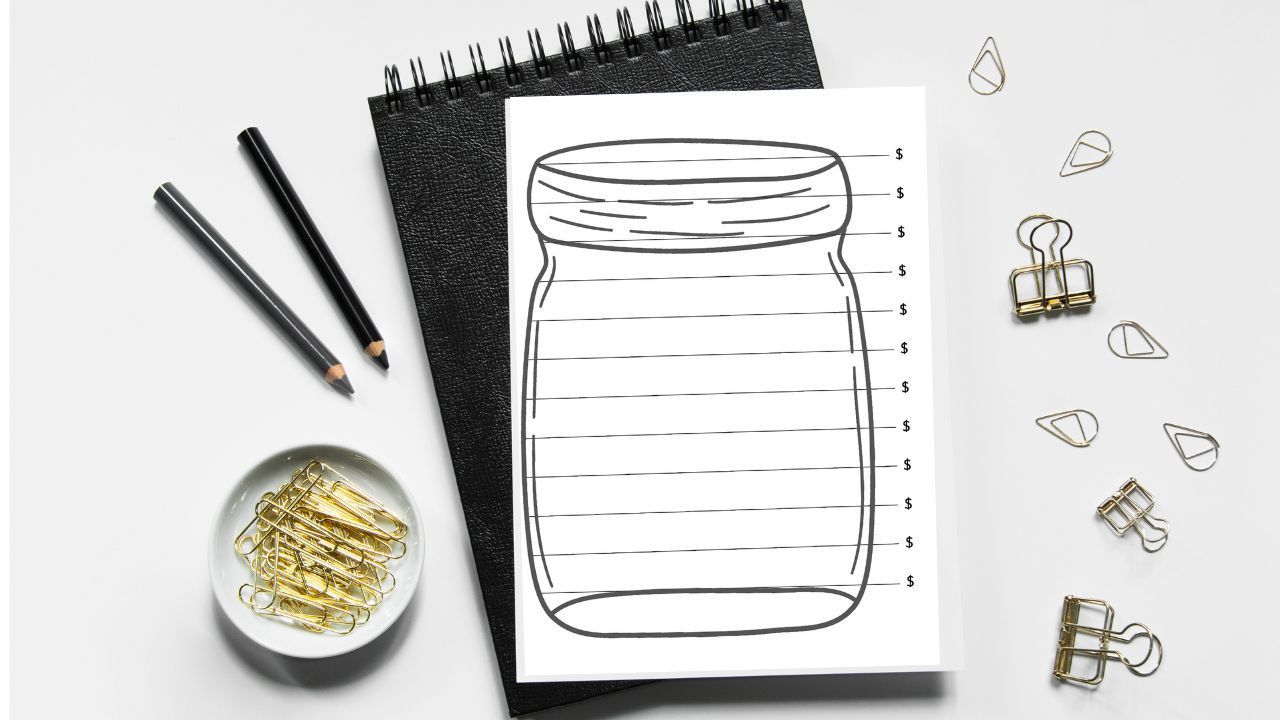
If you prefer to complete your own debt free chart, use these DIY debt free coloring sheets to track your journey. These blank pdf format printables can be used to track either savings goals or debt payoff goals. For more savings challenge ideas, visit this post.
The Debt Snowball Method
The debt snowball method is based on the momentum theory, combining time, intensity, and consistency to create a powerful force of momentum.
As opposed to the debt avalanche method -- which has you pay off the debt with the highest interest rate first -- the debt snowball method has you pay off debts in order from smallest to largest balance, regardless of interest rate. Here’s how to do it step by step!
1) List your debts in order from smallest to largest balance.
The first step is to list all your non-mortgage debt on a spreadsheet or piece of paper. Organize the list by writing the debts in order from smallest to largest balance, regardless of interest rate. Then, total up all the debt. You need to know what you’re working with. The total amount might be scary, but you need to acknowledge it. This step is not to discourage you, but to acknowledge where you’re at so we can create a solid plan!
1) List your debts in order from smallest to largest balance.
The first step is to list all your non-mortgage debt on a spreadsheet or piece of paper. Organize the list by writing the debts in order from smallest to largest balance, regardless of interest rate. Then, total up all the debt. You need to know what you’re working with. The total amount might be scary, but you need to acknowledge it. This step is not to discourage you, but to acknowledge where you’re at so we can create a solid plan!
2) Make minimum payments on all debts except debt with the smallest balance.
Make a column on your list for the minimum payment and total balance of each debt. To work the debt snowball, make minimum payments on all debts except the debt with the smallest balance; pay as much extra as possible on that debt. The extra payments you make above and beyond the minimum monthly payment will be applied directly to the principal balance, making the payoff rate faster.
3) Pay as much extra as possible on the smallest debt.
Create a monthly budget to determine how much money you can squeeze every month to put towards the smallest debt. Where can you save money (what costs can you temporarily cut)?
Additionally, try and find ways to increase your income– walk dogs, babysit, have a garage sale, deliver pizza, tutor online, etc. If you can find a way to bring in extra money, it will accelerate the debt payoff process. The key in this step is to remember it’s only for a short period of time, it’s not forever.
4) Once the smallest debt is paid off, roll the payment into the next smallest debt.
Once the smallest debt is paid off, take the payment you were making on that debt (the minimum + extra) and add it to the minimum payment for the next smallest debt. This creates a snowball effect; the payment amount builds as you pay off each debt.
The best way to understand this concept is to see it in action:
The debt snowball strategy is to attack the smallest debts with intensity first, so you get a quick win and stay motivated. While the numbers matter, our behavior towards money and debt matters even more than the actual numbers! The psychology behind this theory is that if we have small successes at first, we are more likely to have big successes later.
5) Repeat until all debt is paid off.
Repeat this process until all your consumer debt is paid off! No matter how much debt you have, following a plan is crucial. It may take 6 months or it may take 6 years– just remember it will be worth it when you’re debt-free.
Remind yourself often of what you could be doing with the money that’s going to debt payments every month.
Don't Forget...
Don't underestimate the power of a great visual to keep you motivated to reach your money goals. Filling in debt trackers is a great way to stay focused and motivated towards your ultimate goal!

Share this post!
